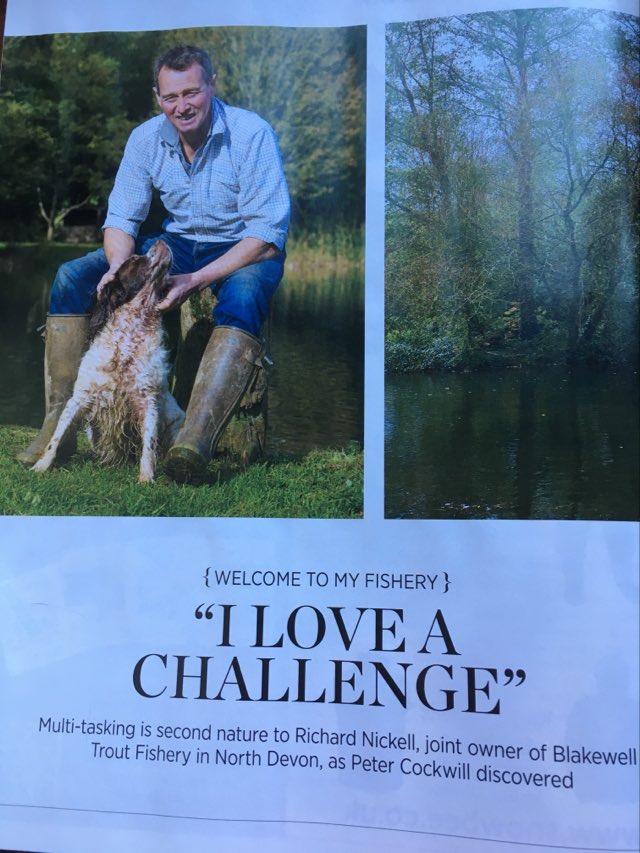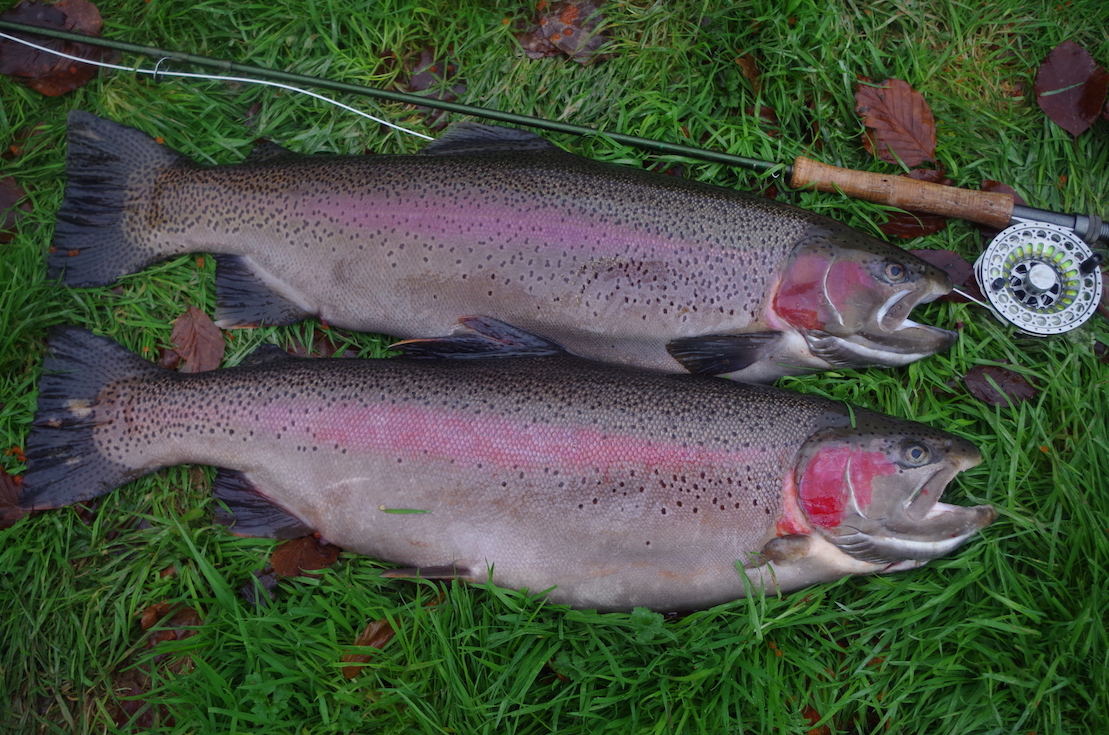Blakewell has reopened to anglers after a short break for maintenance and is in fine spring form.
Andy Facey landed this stunning 12lb spring rainbow from Blakewell.
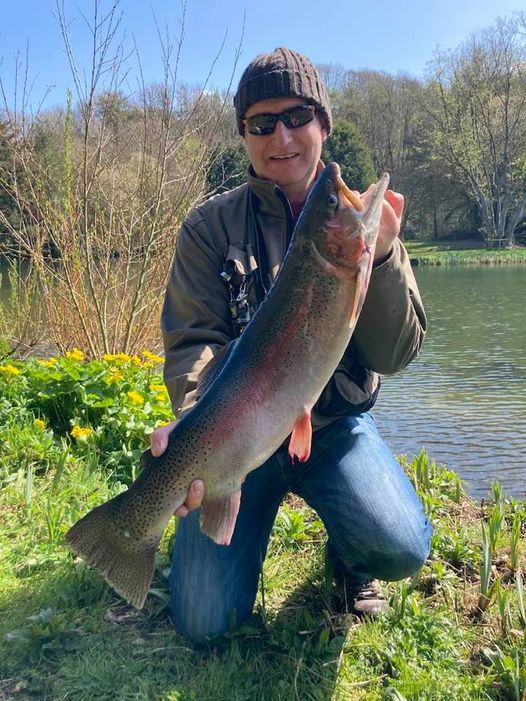
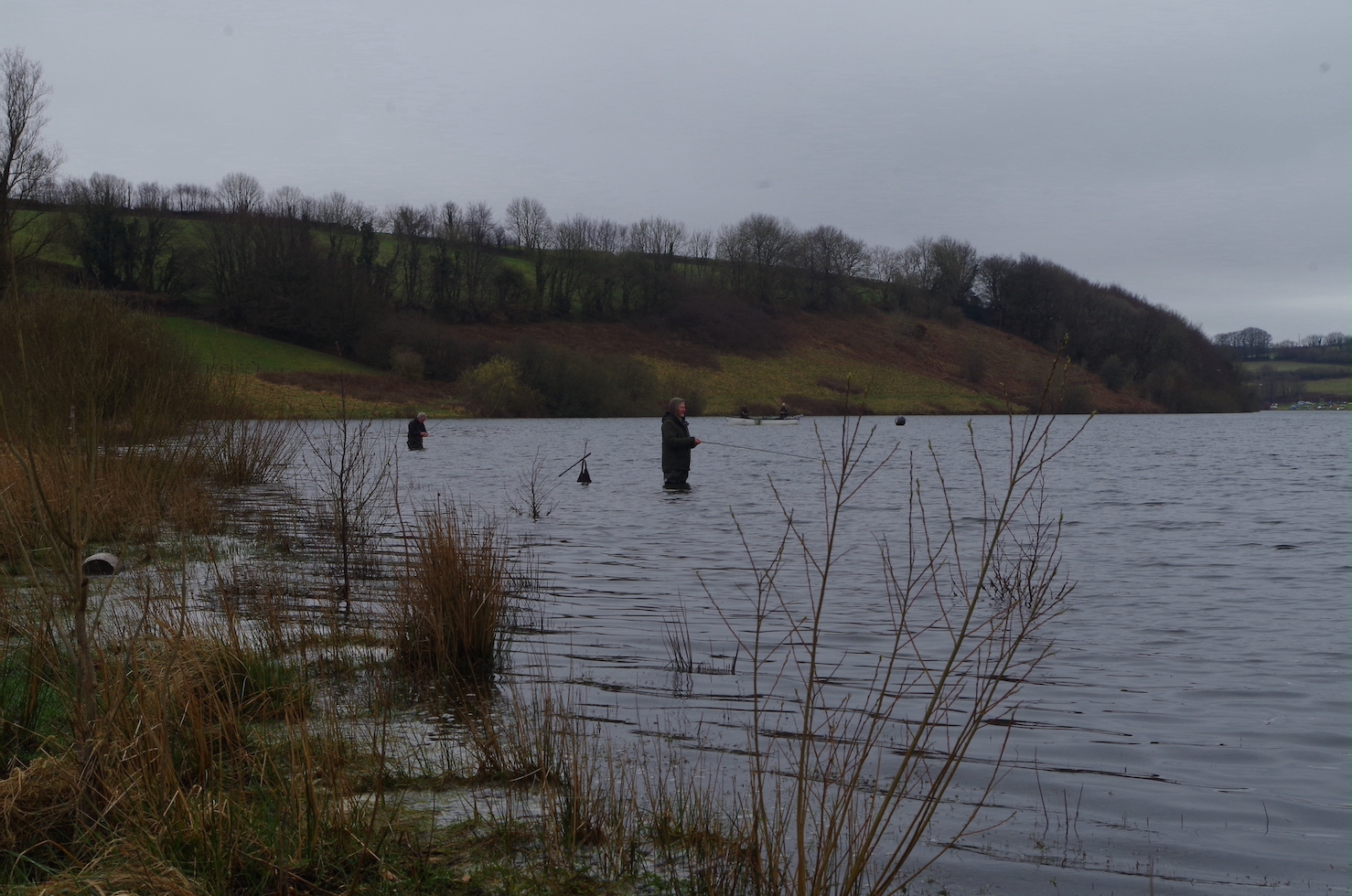
I took advantage of the partial easing of lockdown on Monday and travelled to Wimbleball Reservoir high on Exmoor in search of the venues hard fighting rainbows. On arrival a cool breeze was blowing and mist shrouded the hills, with sunshine forecast later in the day it was likely that the best sport would come early in the day. The water was certainly cold as I waded out to begin searching the water. A floating line and long leader with small black lures proved effective and soon brought a few pulls before I eventually stayed connected to a hard fighting rainbow of around 3lb. This was followed by two more similar sized fish before midday when the sun broke through as forecast.
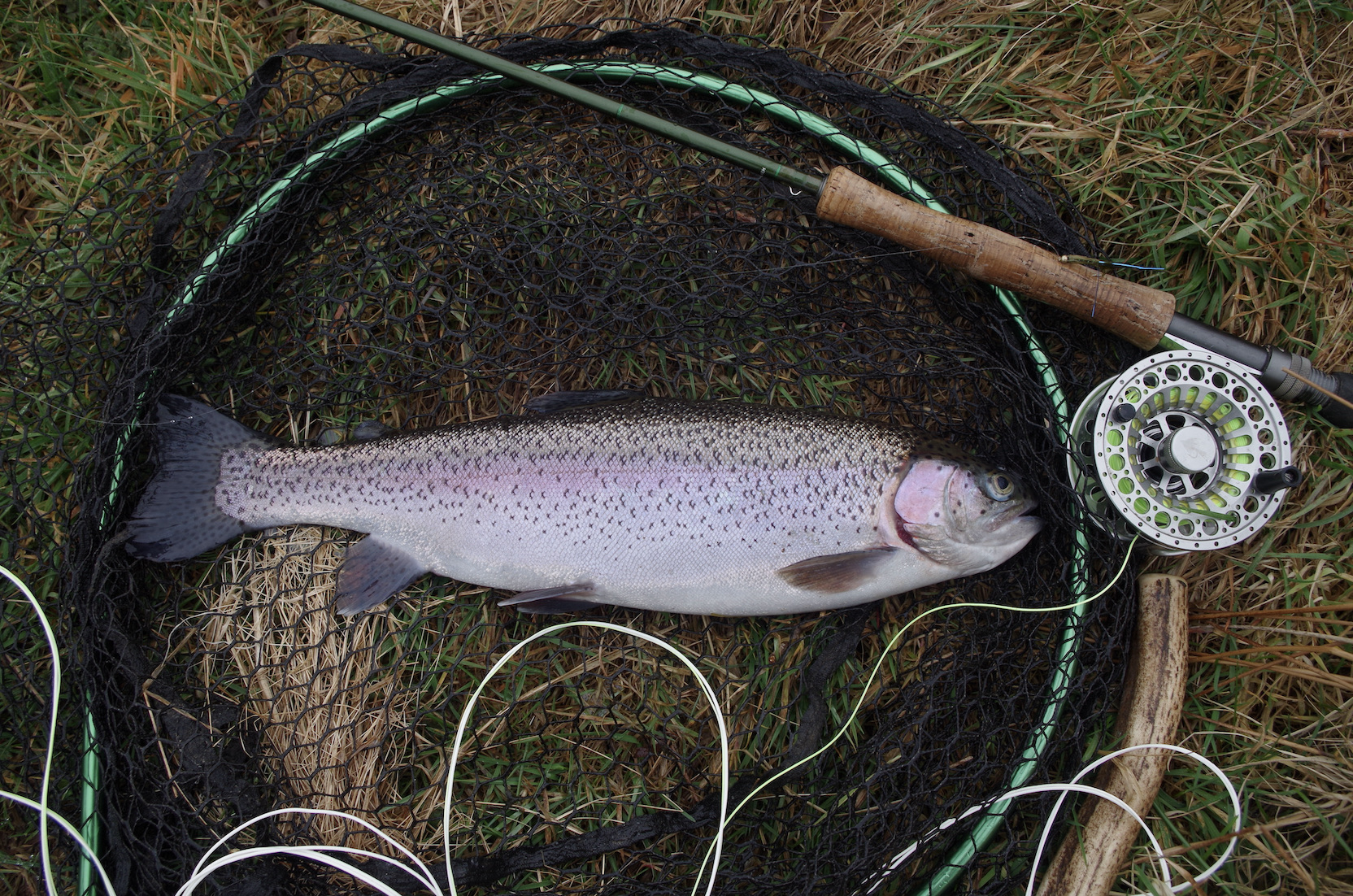
The lakes surface reflected the blue sky and shimmered brightly, birdsong reverberated all around, buzzards soared high above and a pair of greater crested grebes flirted in the spring sunshine. The croaking of toads drifted across the water and fresh buds where bursting out from the tips of the bankside trees. There is far more to this fishing lark than catching fish!
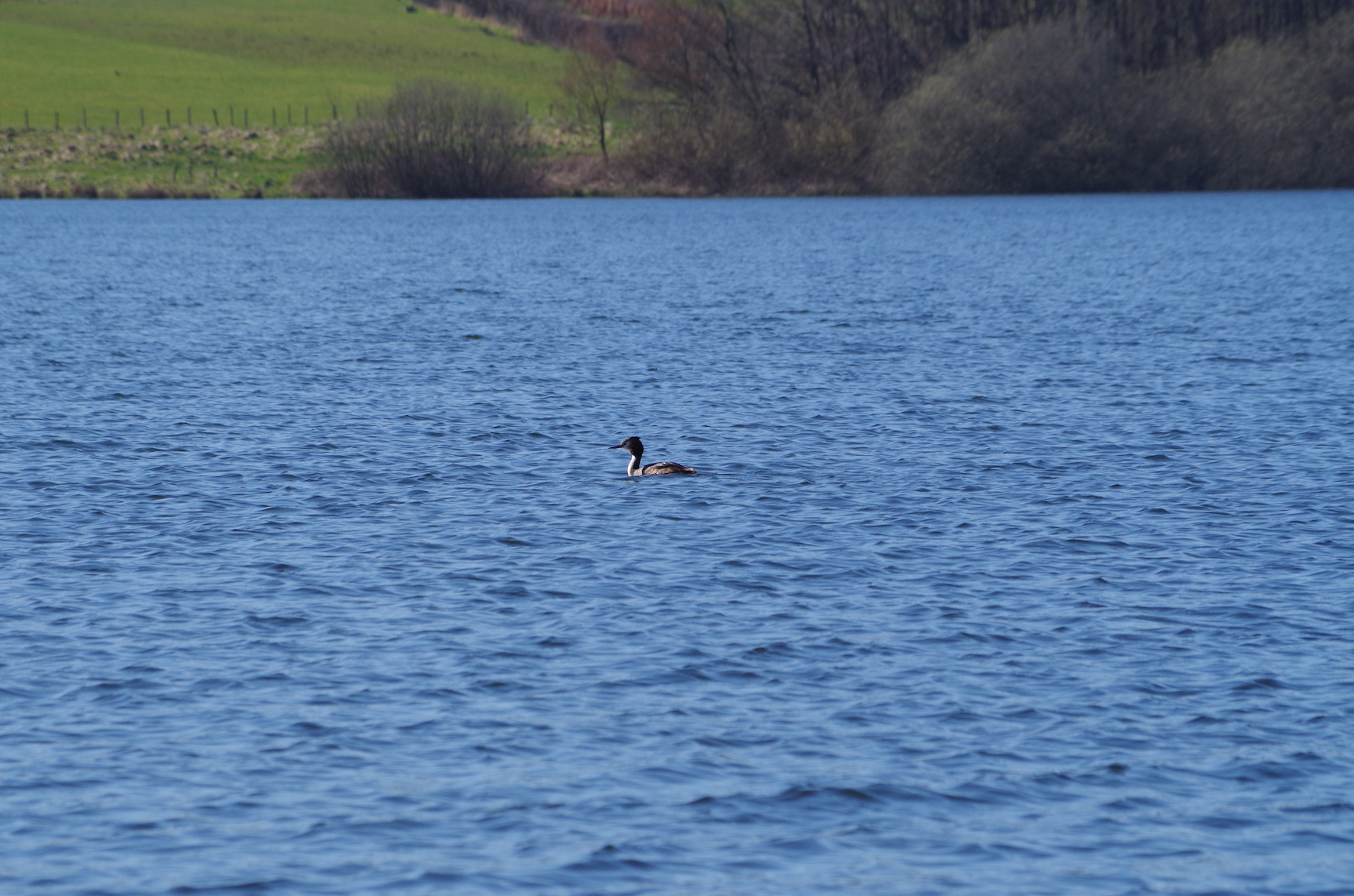
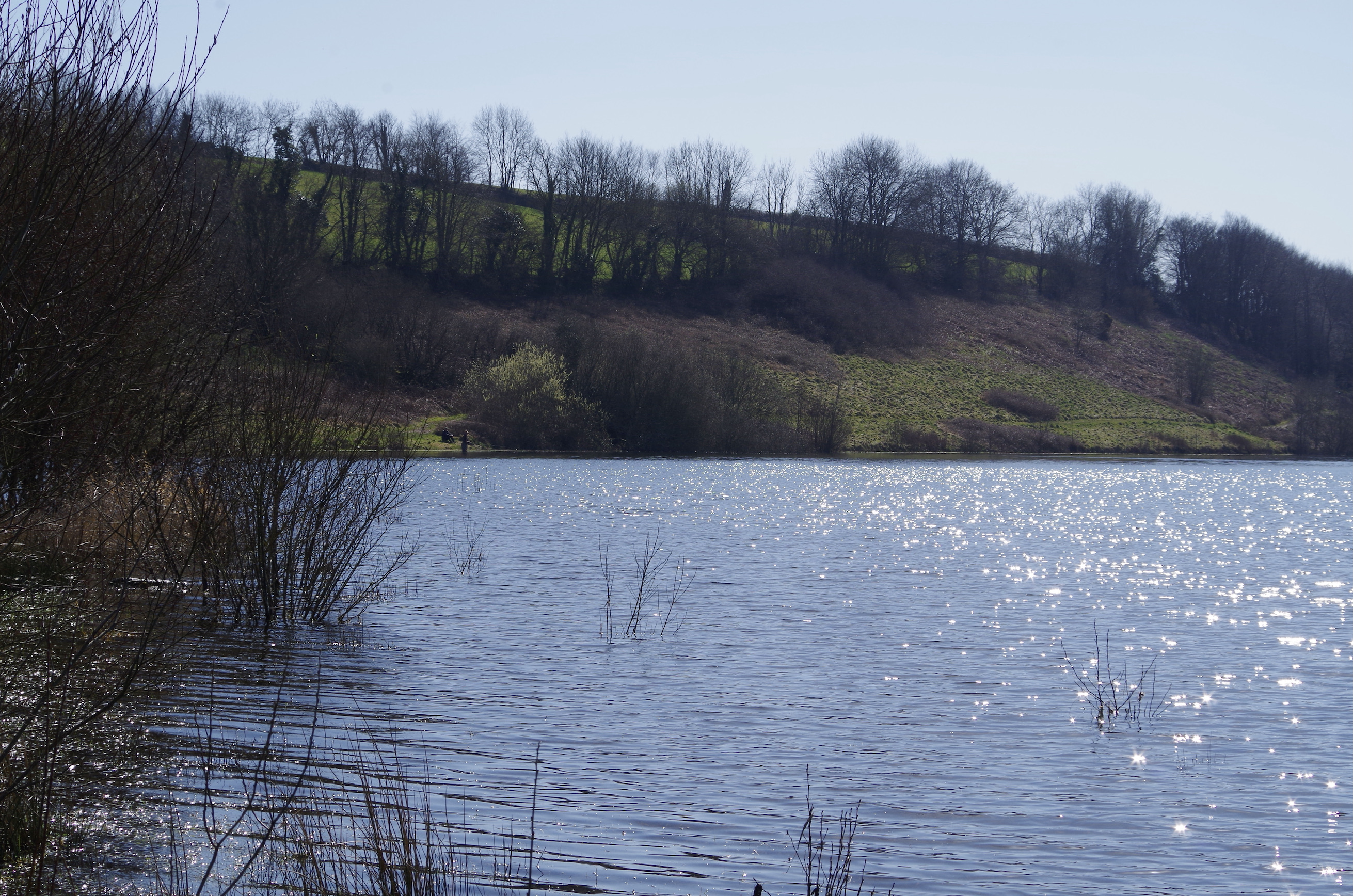
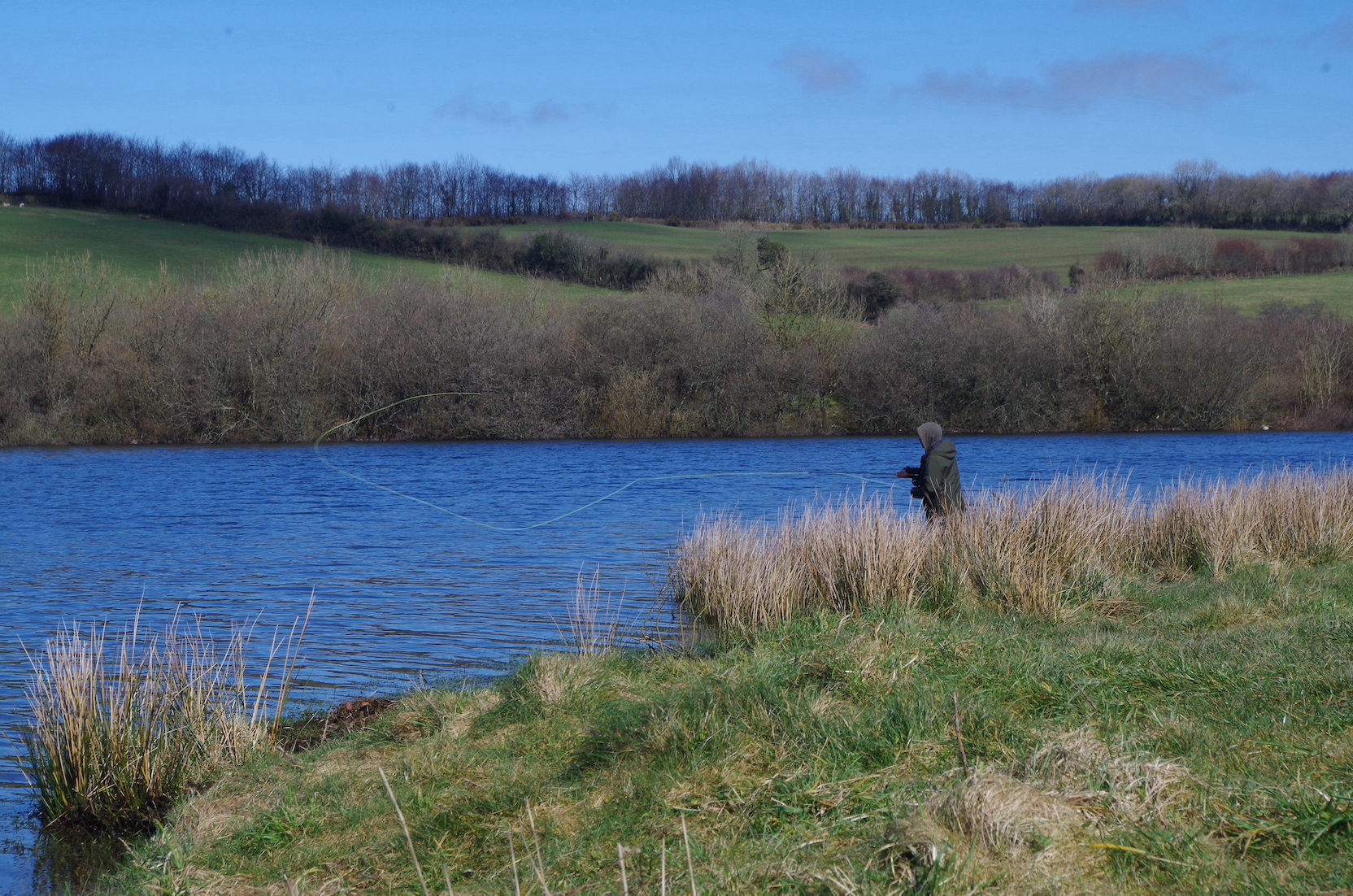
As expected the fishing went quiet for a while but a change to an intermediate line in late afternoon brought further action with a wild brown trout and a brace of superb rainbow the biggest estimated at over 6lb.
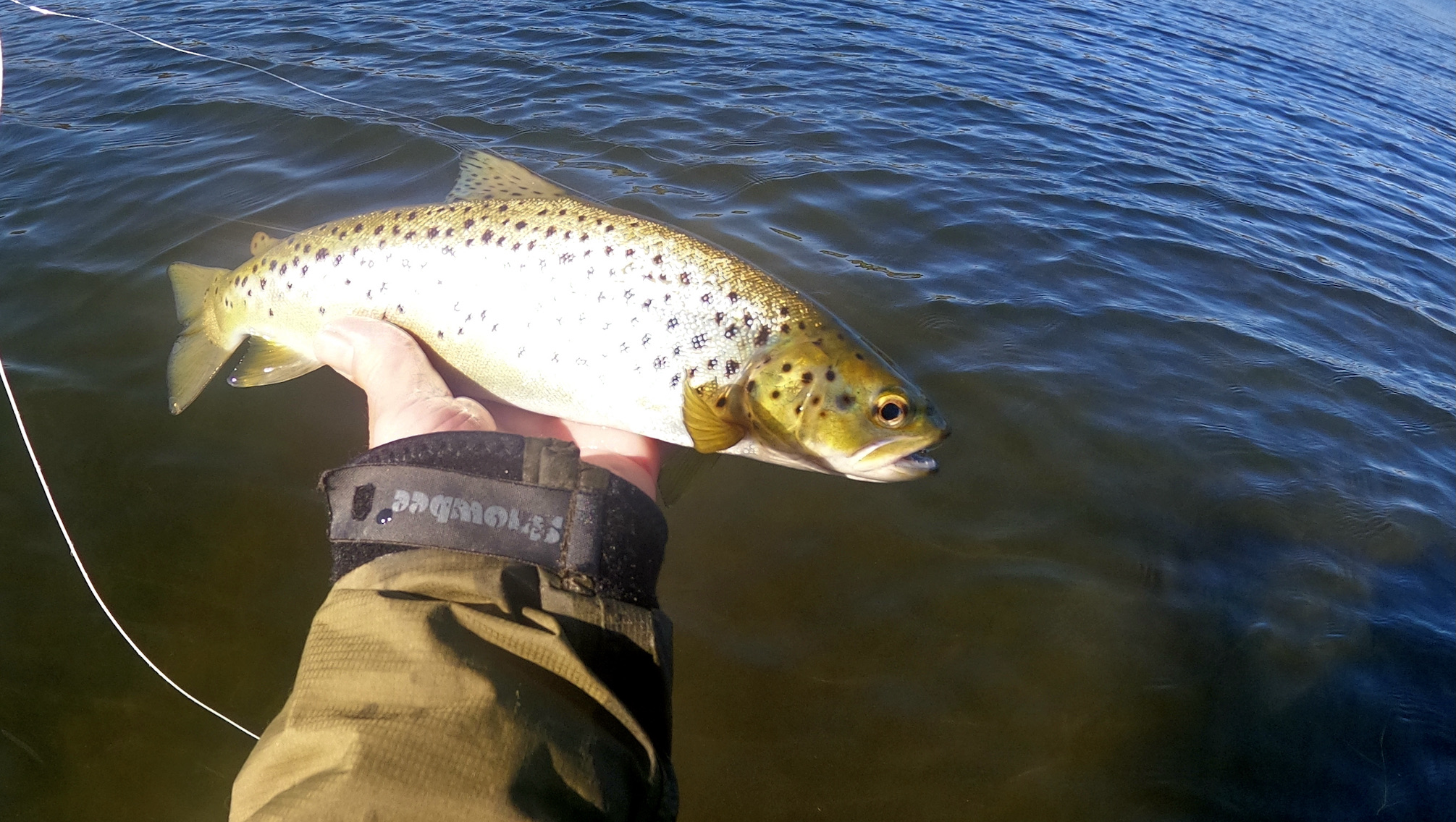
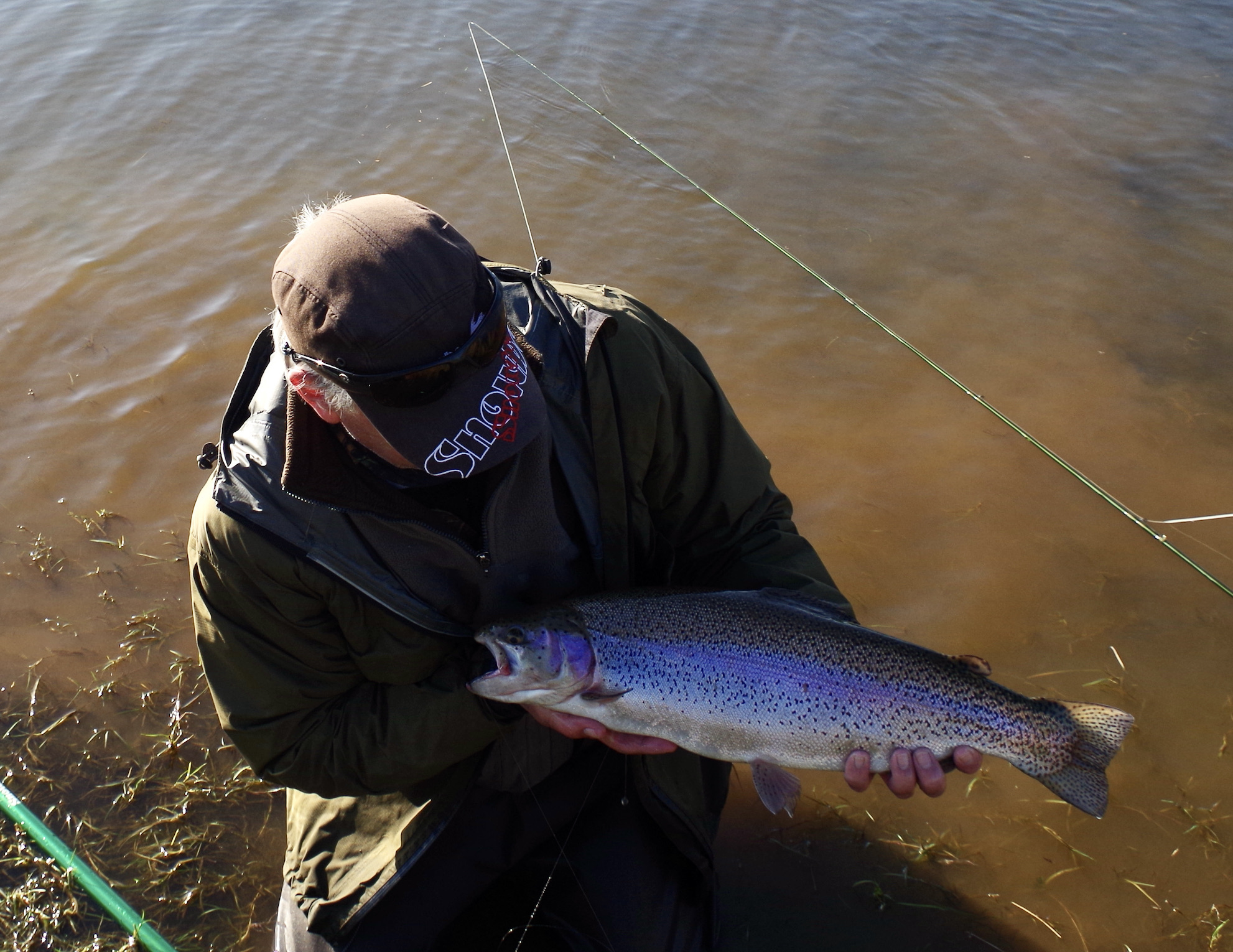
Throughout the day I changed my flies several times in search of the correct pattern for the moment. I often ponder upon the value of changing patterns and its actual impact on results. The six trout I tempted were tempted on the following patterns; black wooly bugger 2, Blue flash and olive Damsel 2, black buzzer 1 and orange blob 1. It is important to remember that there are many other factors to take into consideration beyond the choice of fly/lure including feeding depth, light values and rate of retrieve. It is also worth asking the question as to whether we are trying to imitate natural food that forms part of the trout’s diet or trying to stimulate a reaction? Generally early season I tend to go for black or olive and probably had a black lure of some type or a damsel on the point throughout 95% of the day and fished a team of 3 flies throughout. The biggest fish of the day fell to the orange blob yet I only put this fly on late in the day when I had swapped to an intermediate line and speeded up the retrieve. Most decisions are made on the basis of an educated hunch and for most of my fishing I stick to the tried and trusted though this has changed over the years as patterns have come in and out of vogue.
It is this continual search for the answers that keeps us fishing the fun part is that each day has a different set of questions and different answers.
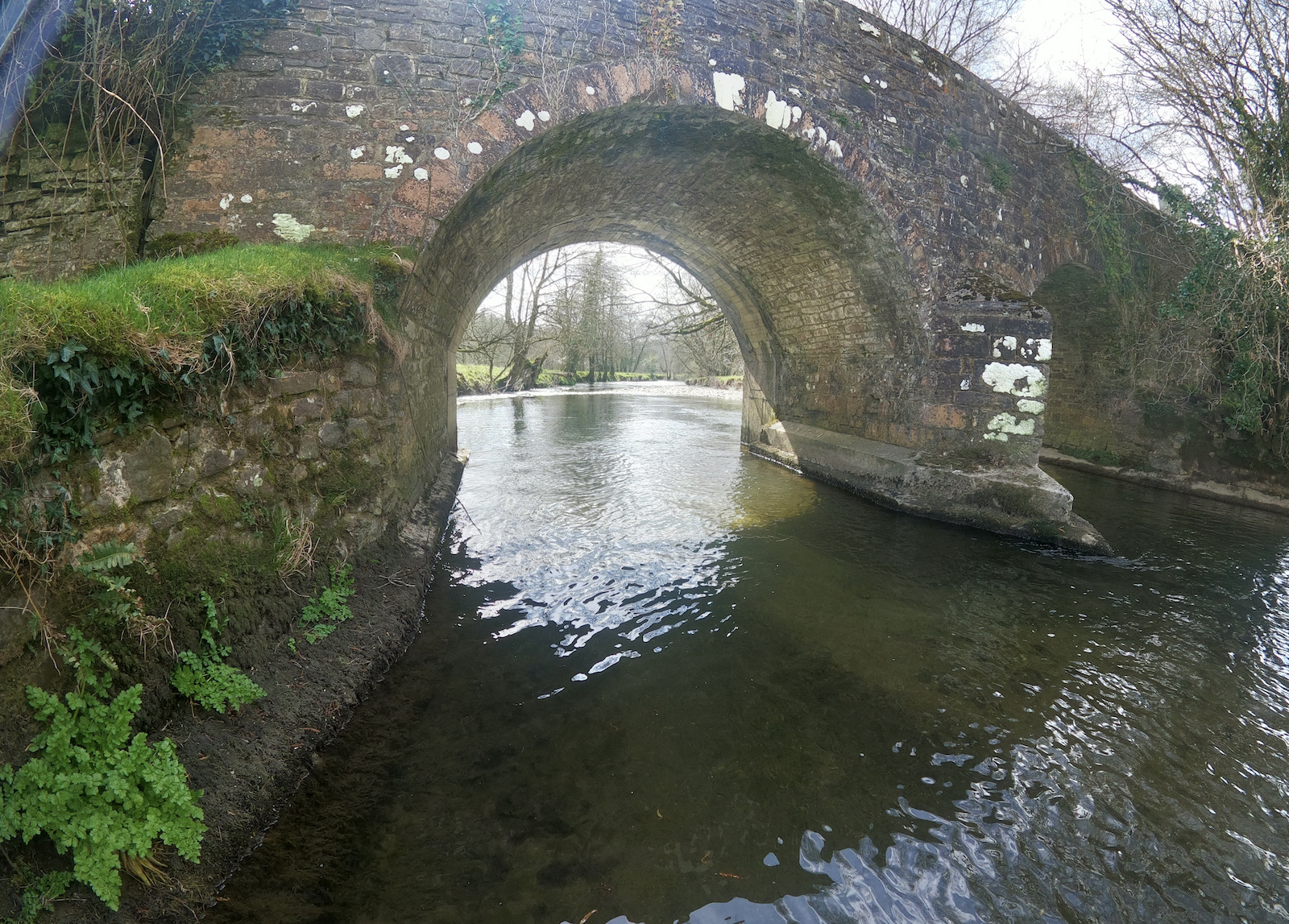
Turning off the busy main road I follow a narrow lane flanked with primroses and fresh green growth. Several old farmsteads are nestled in the valley and it is exciting to be exploring new ground even though it is less than 10 miles from home. I park close to the bridge and walk up to take a look at the clear waters below as the sun shines into the deep clear water.
As I set up a light-weight nymphing outfit buzzards circle high above silhouetted against a blue sky with high white clouds drifting in the brisk westerly wind. I walk slowly up river searching the deeper runs and riffles with a pair of weighted nymphs. It is a delight to be out wading in the cool water and I am sure I will hook at least a couple of small wild browns before the morning is out.
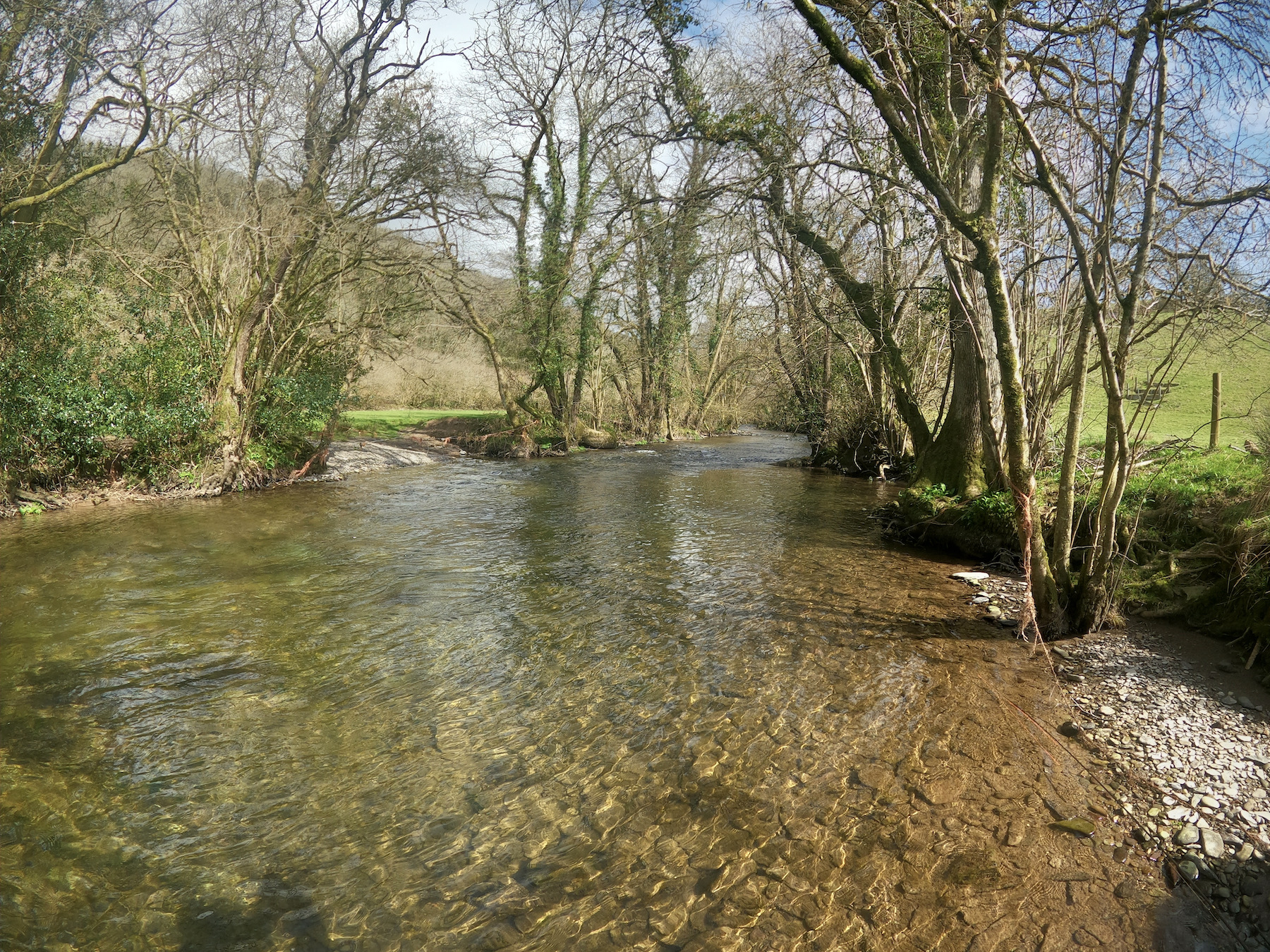
I flick my flies searching the water exploring each run and riffle. Dippers flit up and down the river, pheasants take off in alarm as I push up through the valley. A sudden movement catches my eye as two deer gallop across the field opposite entering the river fifty yards above where I am fishing. For a moment they stand transfixed in mid river before dashing away in a flurry of spray to disappear into the woods.

The tree fish steal a couple of flies whilst the trout are elusive, the morning evaporates all too quickly and I send a text to say I will be an hour late home. I catch a fleeting glimpse of electric blue as a kingfisher flashes past. The occasional fly hatches from the river. Its’ going to be good here in the late spring and early summer. The clocks spring forward tonight and lighter evenings beckon.
As I return to the van a skien of Canada geese fly-overhead their distinctive call echoing across the valley. Half a dozen buzzards are riding the thermals.

If lockdown has taught us anything it is to savour each moment. As I searched the river for that elusive springer I was content to just be there flicking the fly across the river letting it swing over the known lies as the birdsong filled the air and spring flowers added a splash of colour to the banks.
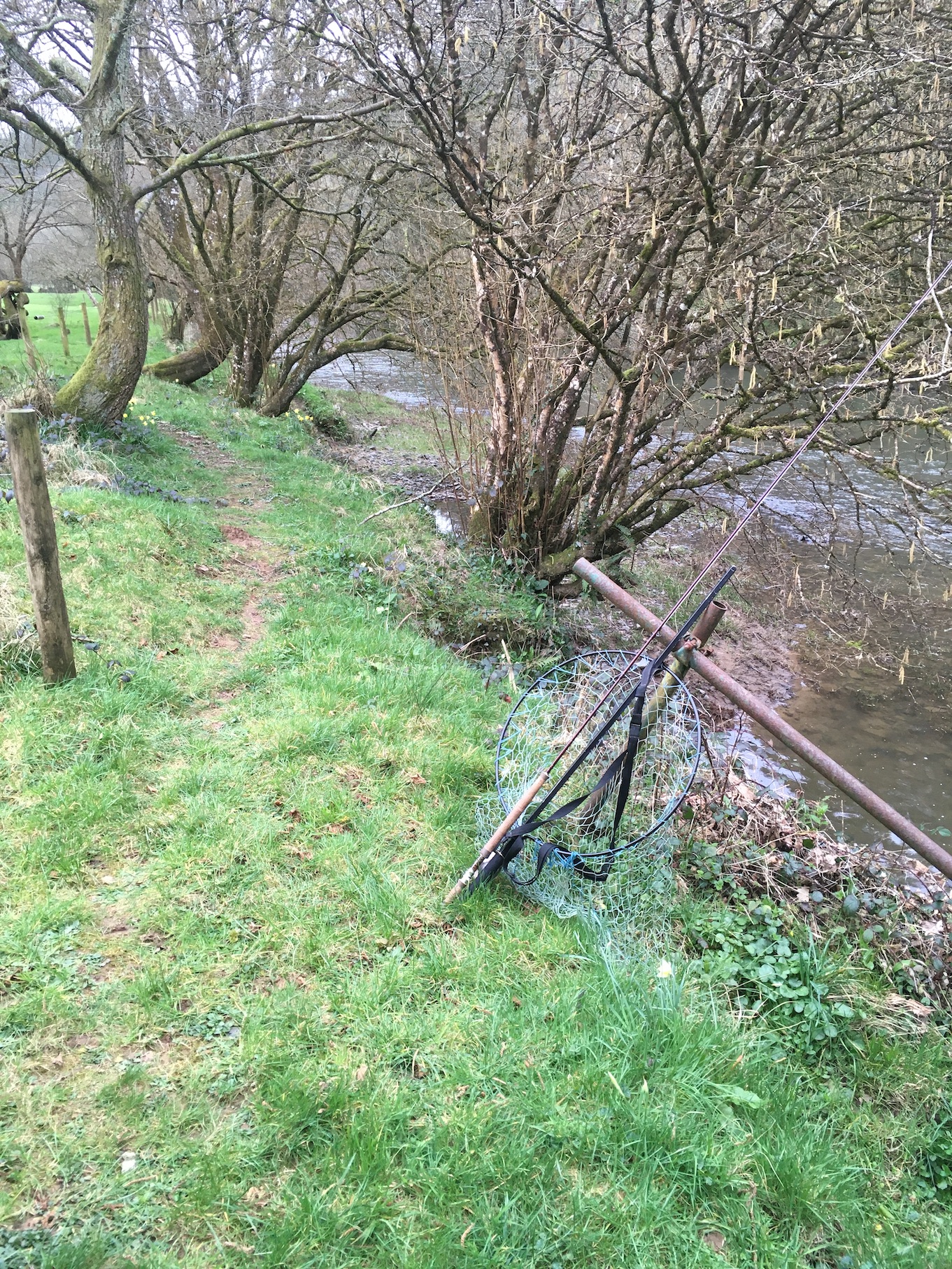

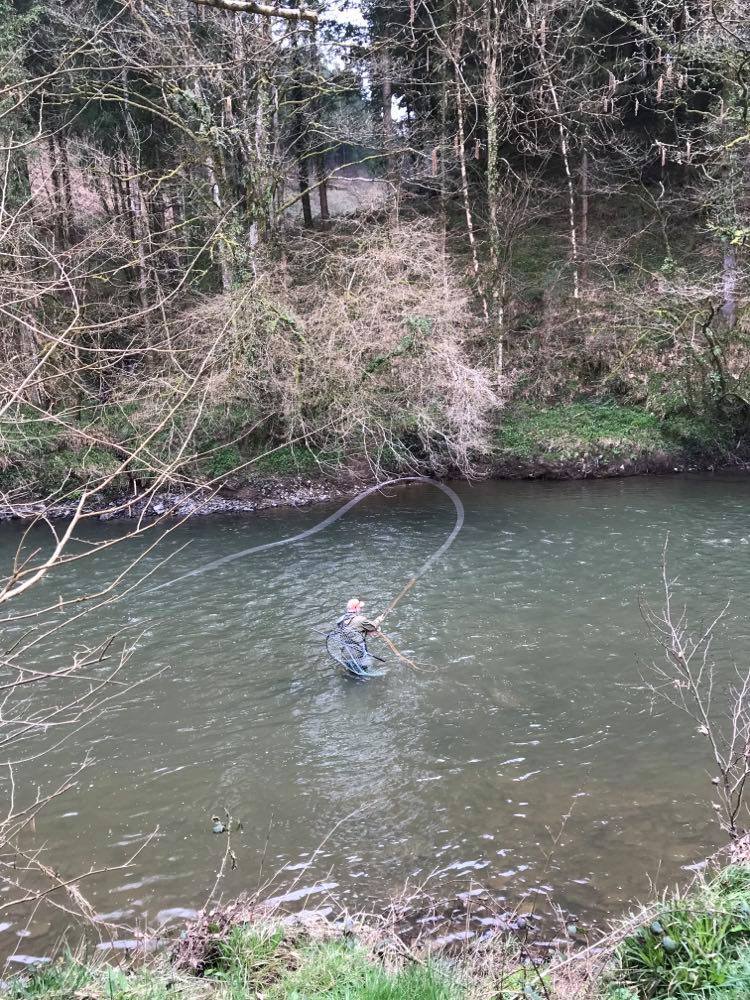
Many thanks to Simon Francis who sent me this inspiring feature on the tumbling waters of the East Lyn.

Wild Brown Trout on the East Lyn
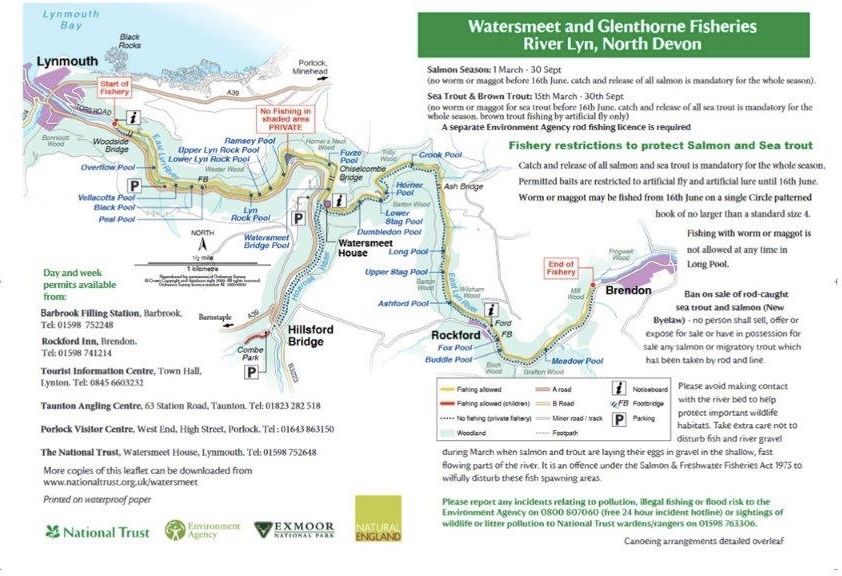
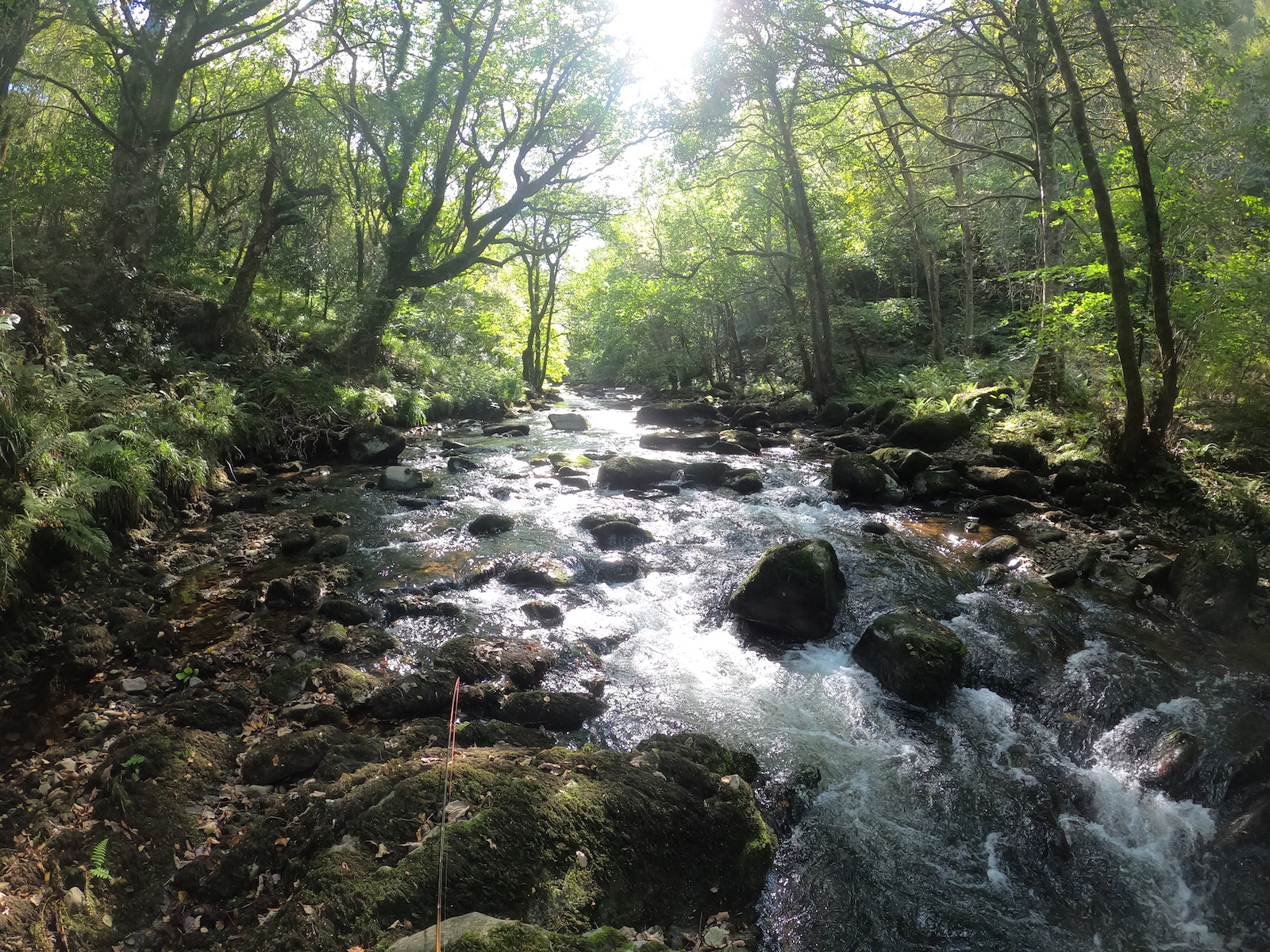
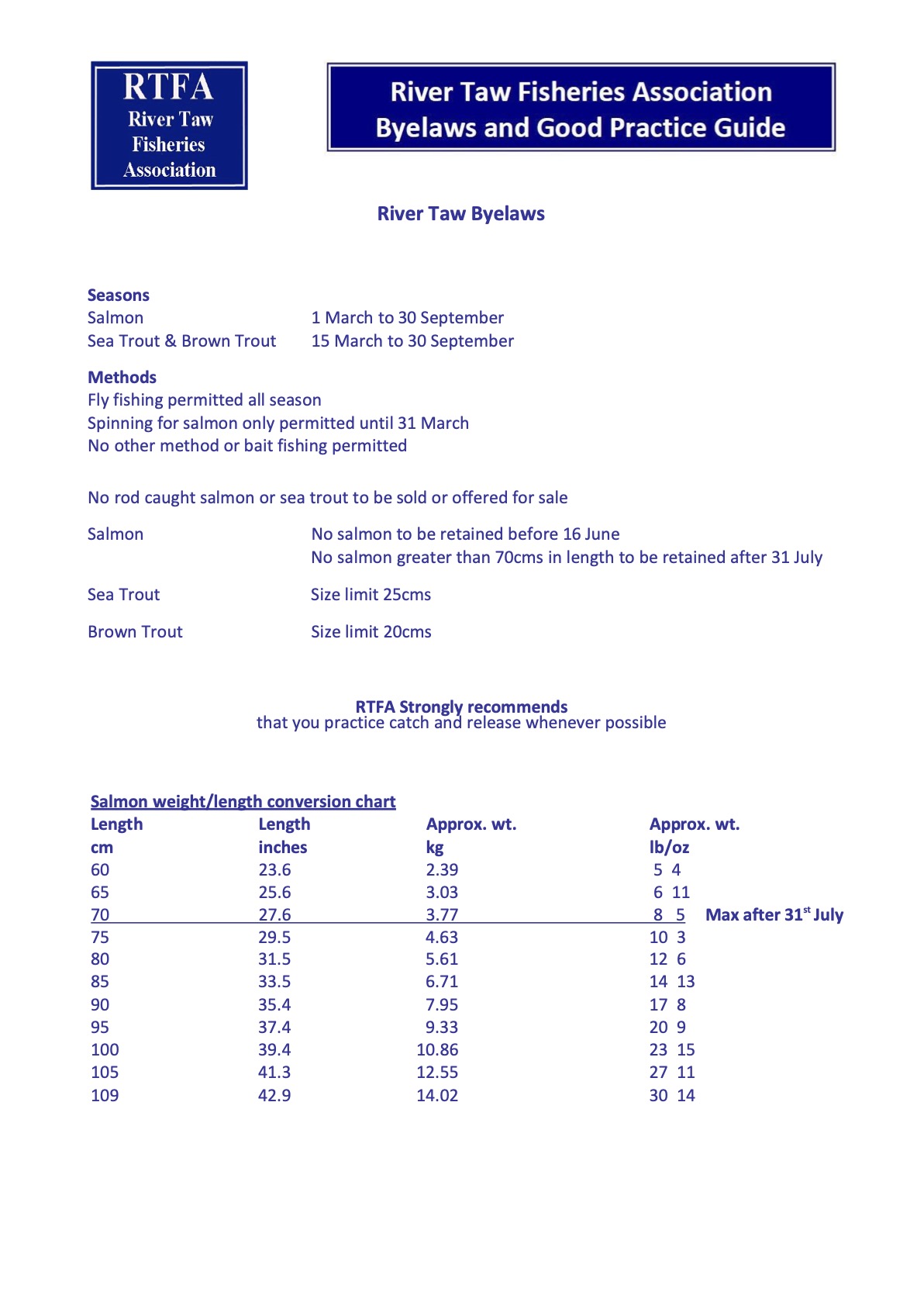
Good Practice Guide
Catching the fish
Use appropriate tackle. Rod and line should be strong enough to bring the fish to net swiftly and without playing it to exhaustion. Move the fish out of fast water as soon as possible. The use of barbless single or double hooks is recommended. Barbed hooks can be rendered barbless by pinching with pliers.
Catch and Release
RTFA strongly recommends that you practise catch and release whenever possible.
Playing the fish
When playing a fish try not to play it to exhaustion but land it as quickly as is possible.
Landing the fish
Use a fine knotless meshed landing net. No gaffs or tailers may be used. Ensure the fish remains in the water at all times.
Do not beach or tail a fish.
Handling the fish
Ensure that hands are wet and avoid squeezing the fish.
Removing the hook
Remove the hook gently, using forceps or a hook disgorger.
Should the fish be deep-hooked cut the line as near to the hook as possible.
Recording the fish
Do not weigh the fish, but calculate its length and subsequently use a length/weight conversion chart (see below) to find the weight. Suitable length marks on rod or wading-stick can be helpful. Photographs of the fish should only be taken while the fish is in the water.
Reviving and releasing the fish
Support the fish with both hands in a gentle current and facing upstream.
Allow time for the fish to regain its strength and be able to swim away on its own.
Disease
To guard against disease that can damage our fish stocks fishermen are directed to the Environment Agency’s website for “Guidance on Disinfecting Fishing Tackle”.
The Environment Agency Incident Hotline
For reporting any serious environmental incident such as pollution, poaching or fish in distress is
0800 807 060
the Taw why not join the Association to support our efforts.
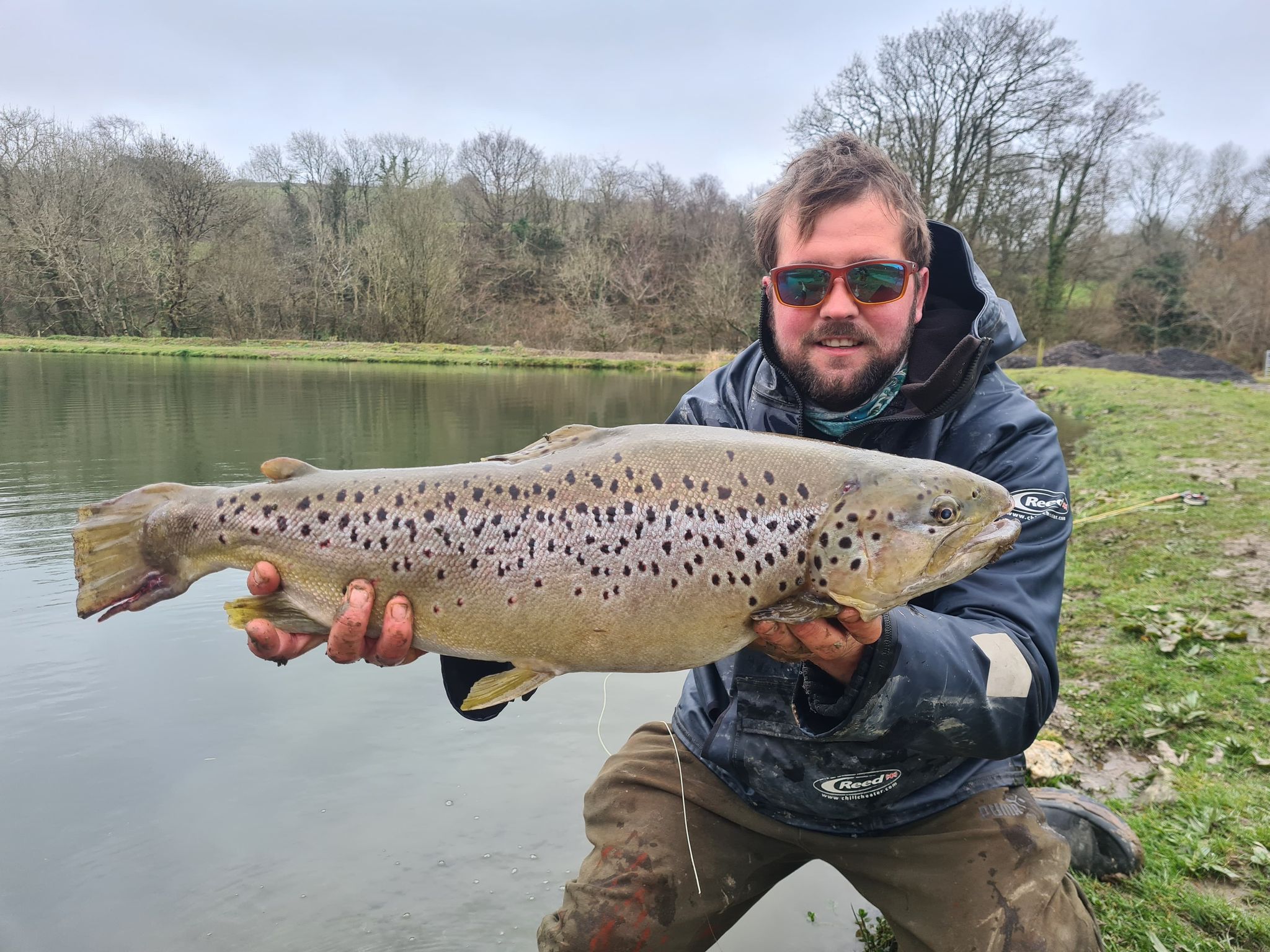
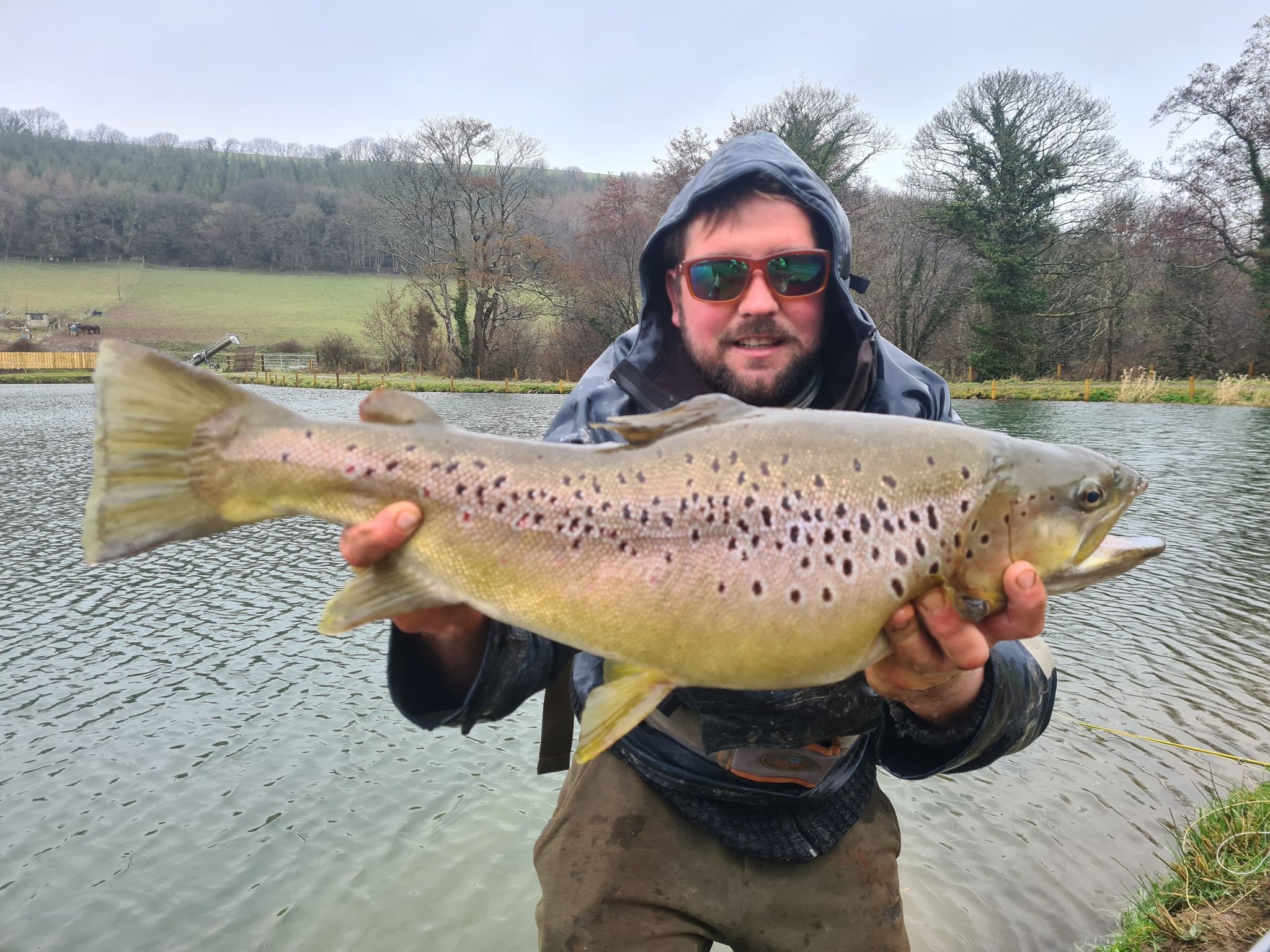
Dan Spearman fished Bulldog Fishery to take this stunning brace of double figure brown trout!
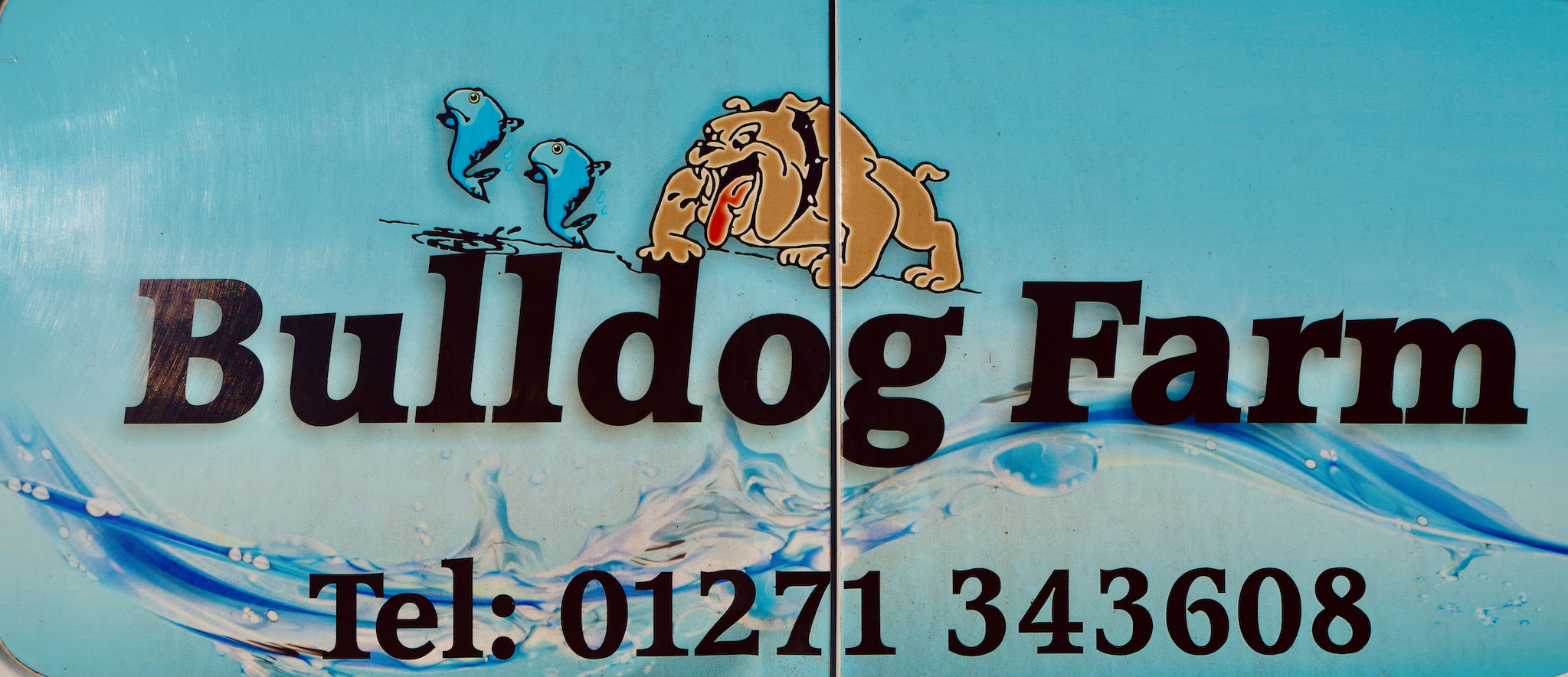
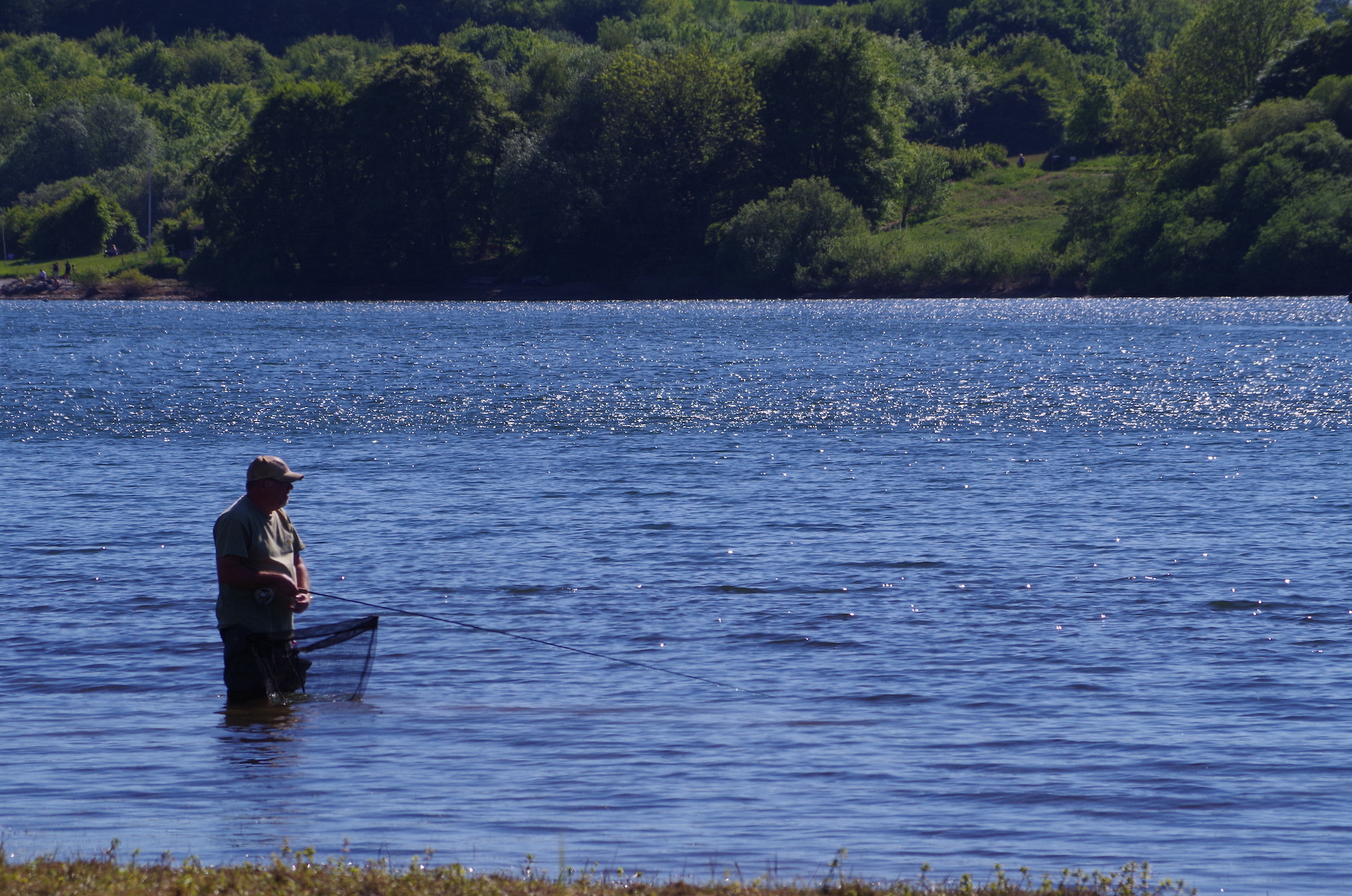
Wimbleball Lake high on Exmoor is a beautiful expanse of water surrounded by rolling hills of pasture and woodland. The construction of the dam commenced in November 1974 and was completed in 1979. The concrete aggregate came from local quarries at Bampton and the structure consists of 184,000 cubic metres of concrete. It holds 21,540 megalitres of water within a catchment of 2910 hectares (370 Acres) and supplies water to the distribution networks of both Wessex and South West Water. Over 12,000 trees were planted around its perimeter providing a rich habitat for wildlife.
The Lake has been a popular fishery for many years and hosted several large angling competitions whilst it was run by South West Water and later by the South West Lakes Trust. Sadly, commercial pressures lead to a short period in the last decade when the fishery was down-graded initially to a low cost rainbow trout fishery and then to a wild fishery with no stocking of fish.
Many of the regular anglers drifted away to fish the lakes close neighbour Clatworthy that continues to provide first class trout fishing. In 2018 Mark Underhill and his wife Trudi took on the management of Wimbleball and were determined to turn the fishery around and bring it back to surpass its former glories as one of the West Country’s top Stillwater trout fisheries.
Over the past two seasons the Underhill family has stocked many thousands of hard fighting rainbow trout reared at their Rainbow Valley Trout Farm near Bampton. The trout are stocked from a weight of around 2lb 8oz up double figures.
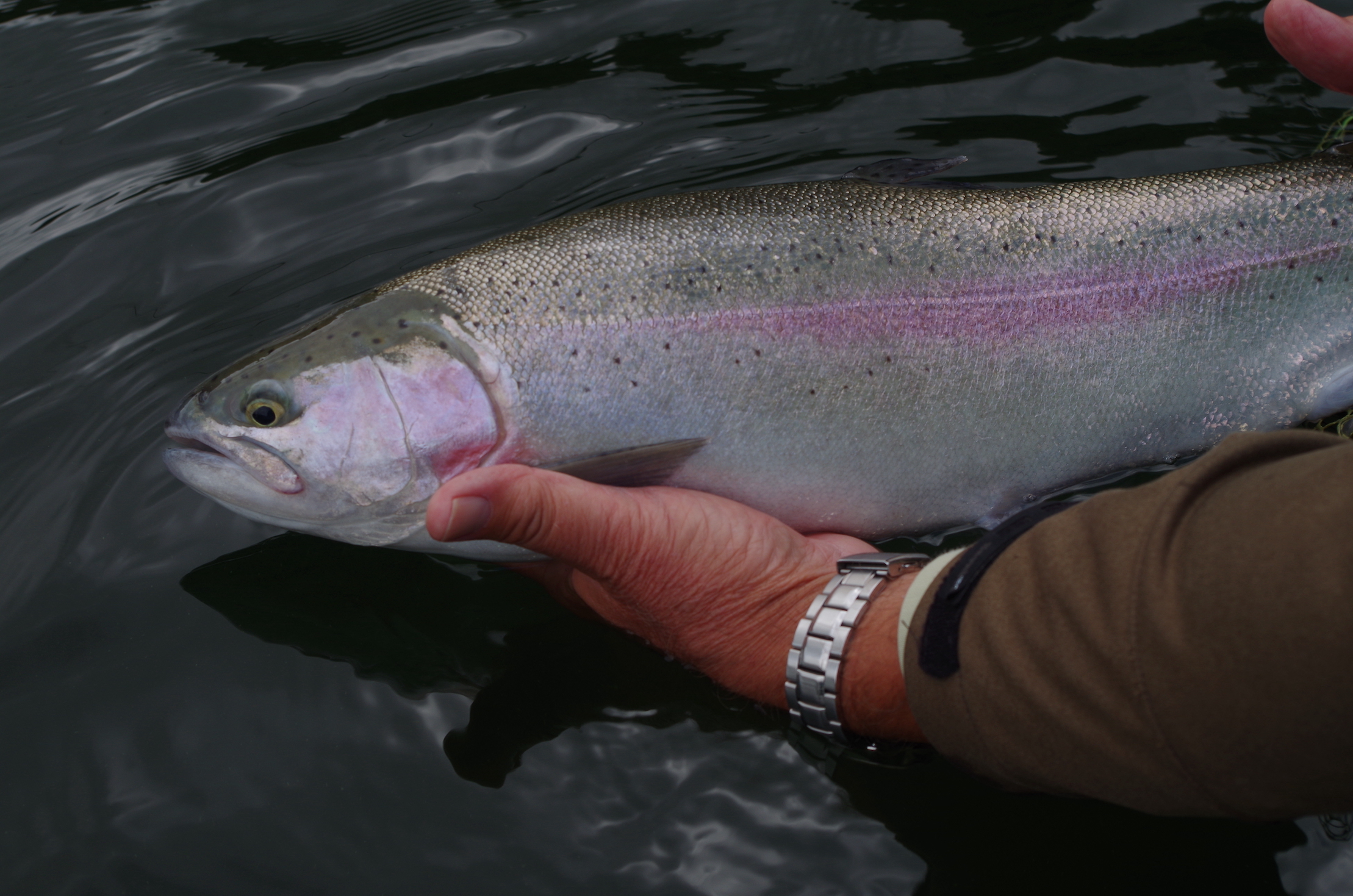
An enlightened policy of catch and release fishing was introduced with anglers given the option of buying a five fish catch and keep ticket or a catch and release ticket with the anglers retaining the first two trout caught and then releasing all the fish they caught after this with barbless hooks mandatory to ensure quick and easy release. This format ensures that anglers travelling to the water can enjoy a long day savouring the fine sport on offer.
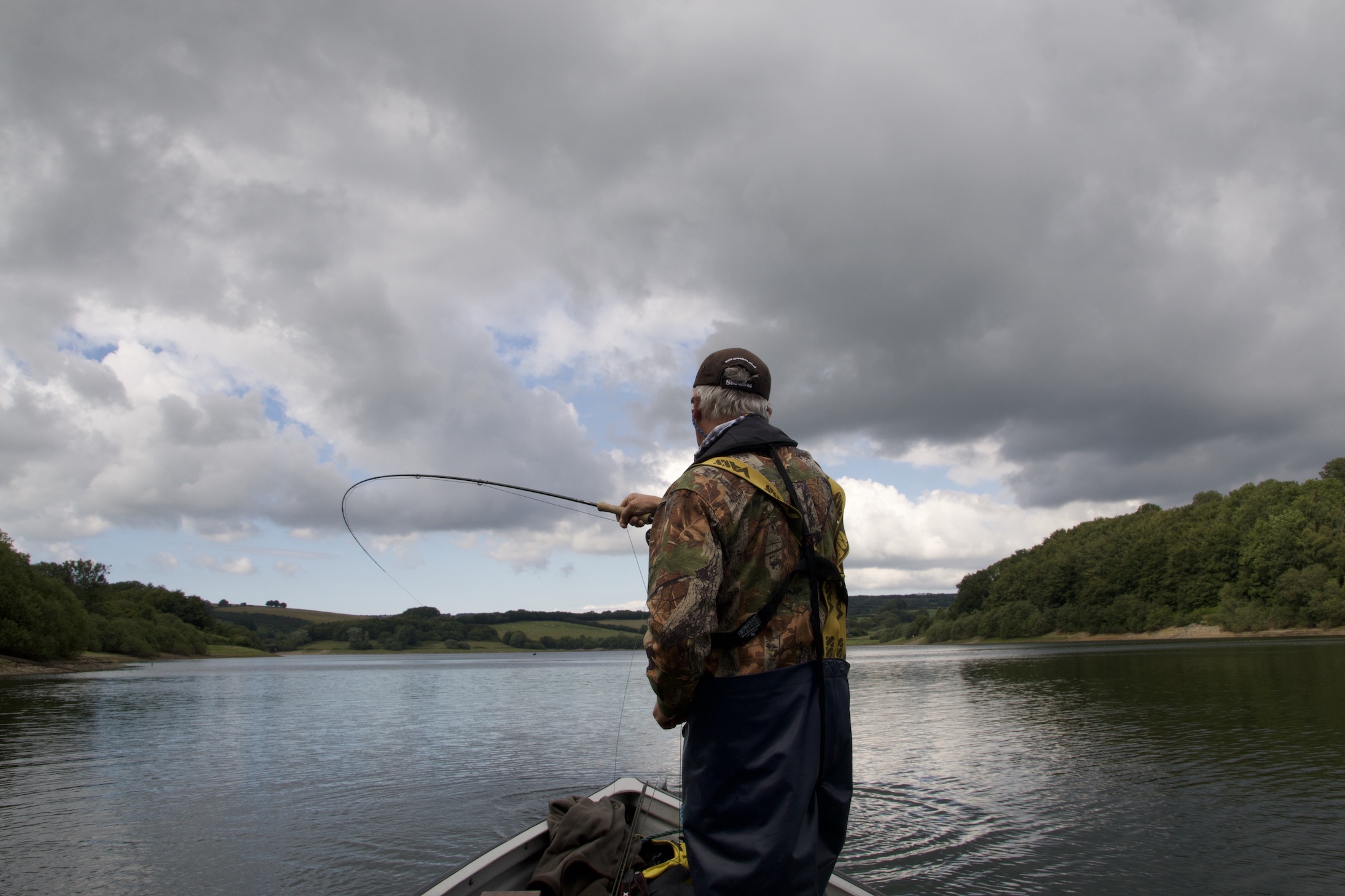
The latest addition to the Wimbleball experience is the acquisition of The George Inn that is set amongst the beautiful, rolling countryside of Exmoor in the quiet & friendly village of Brompton Regis, on the Eastern side of the Exmoor national park.
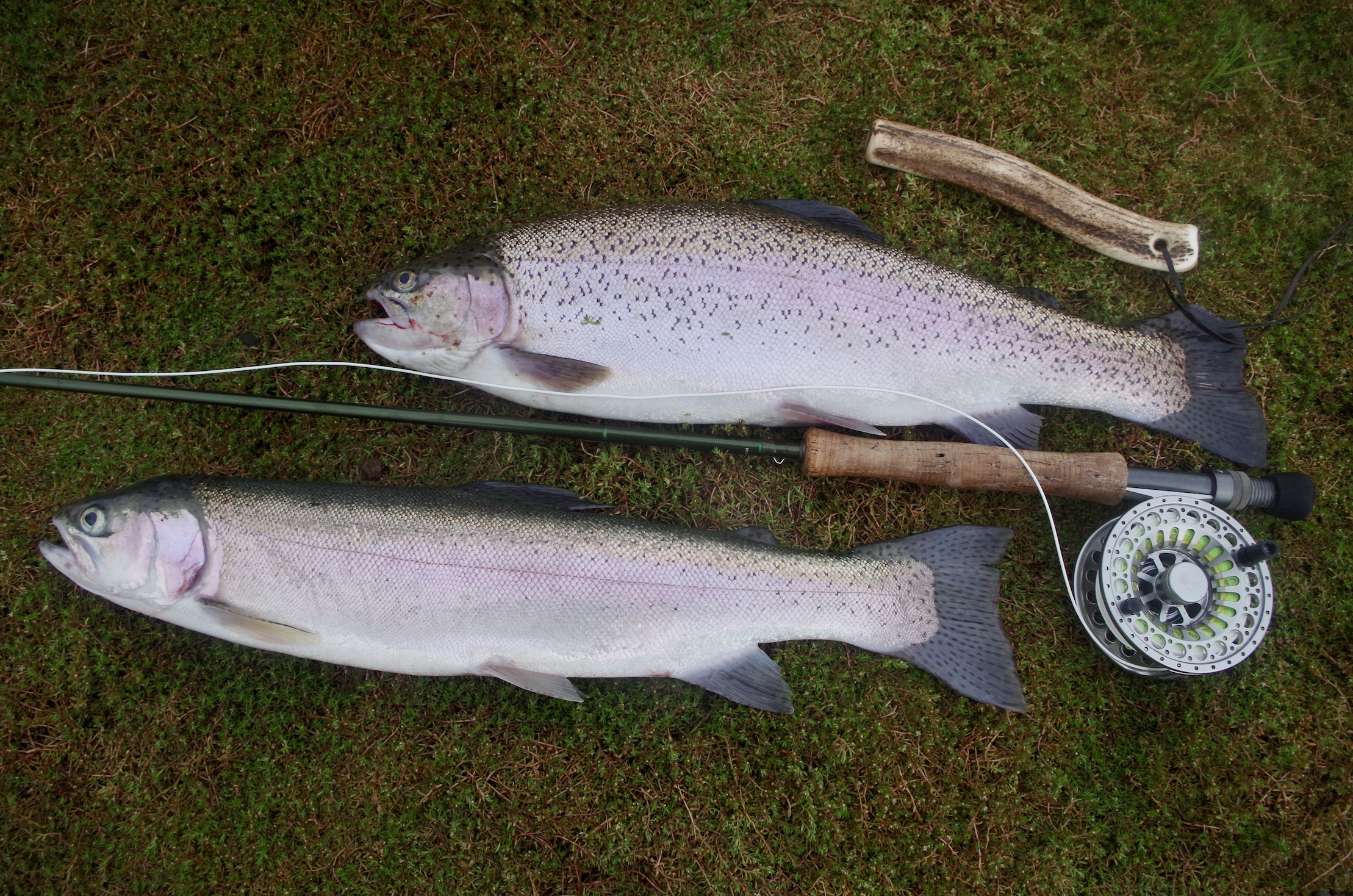
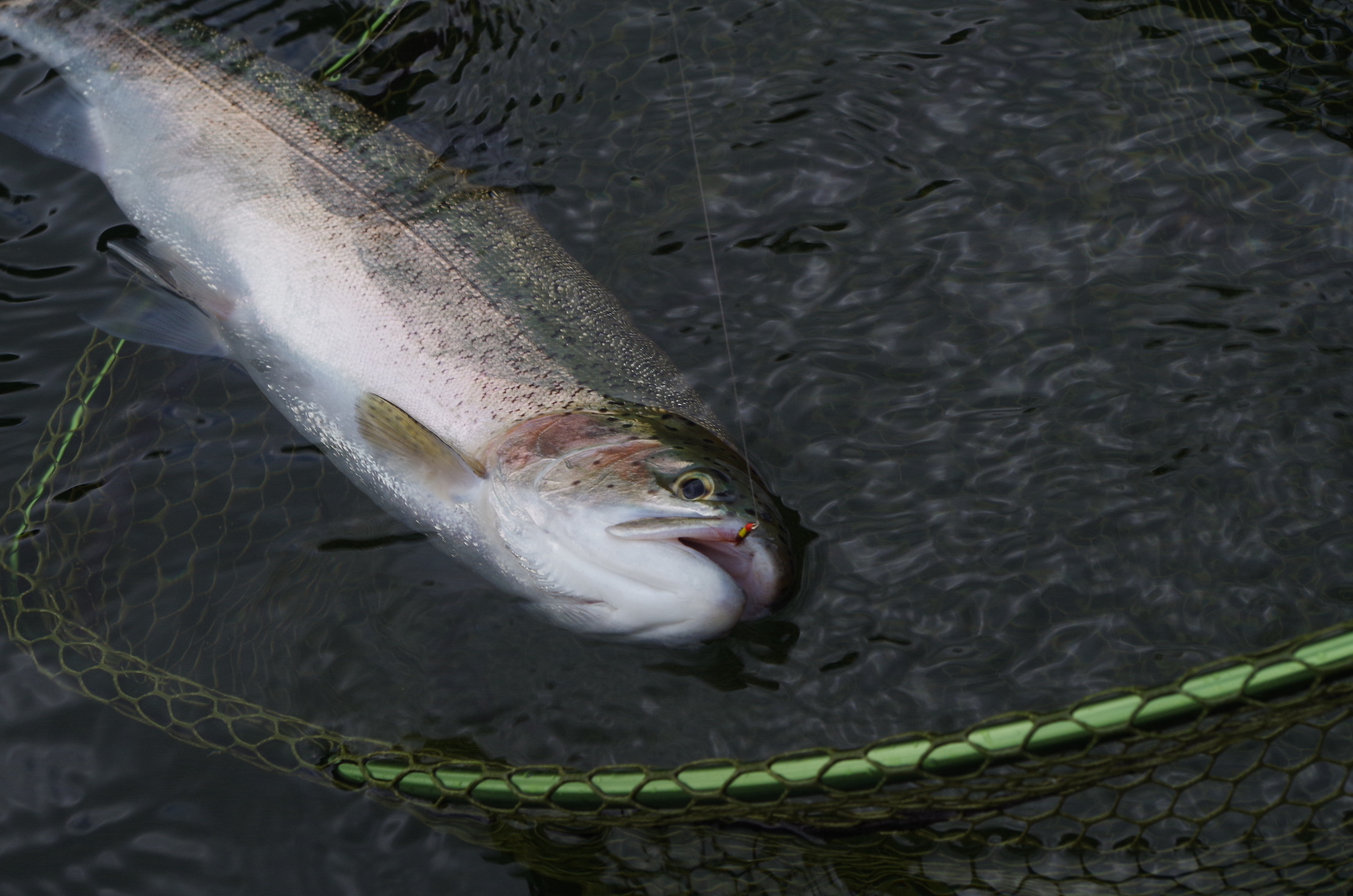
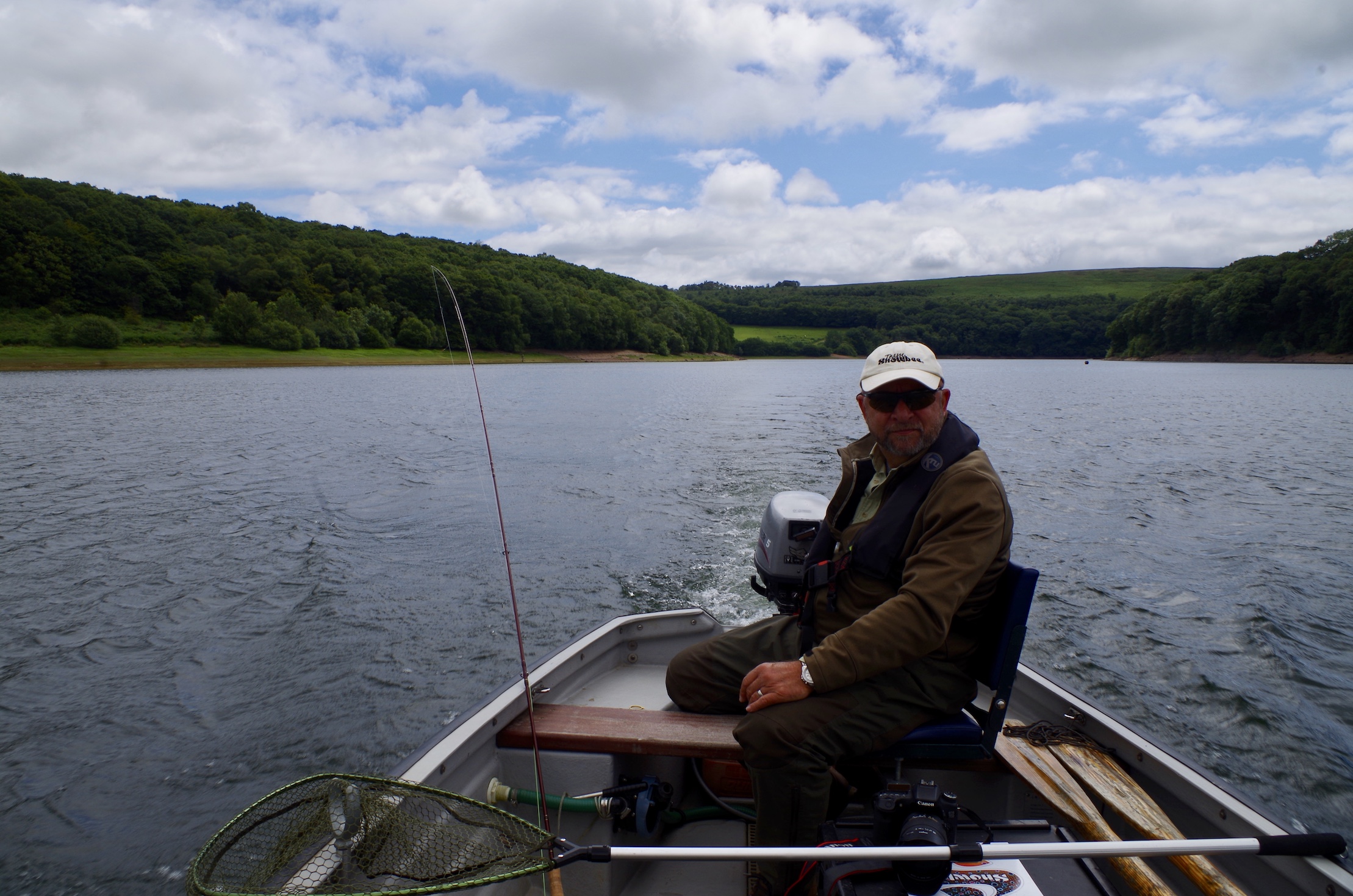
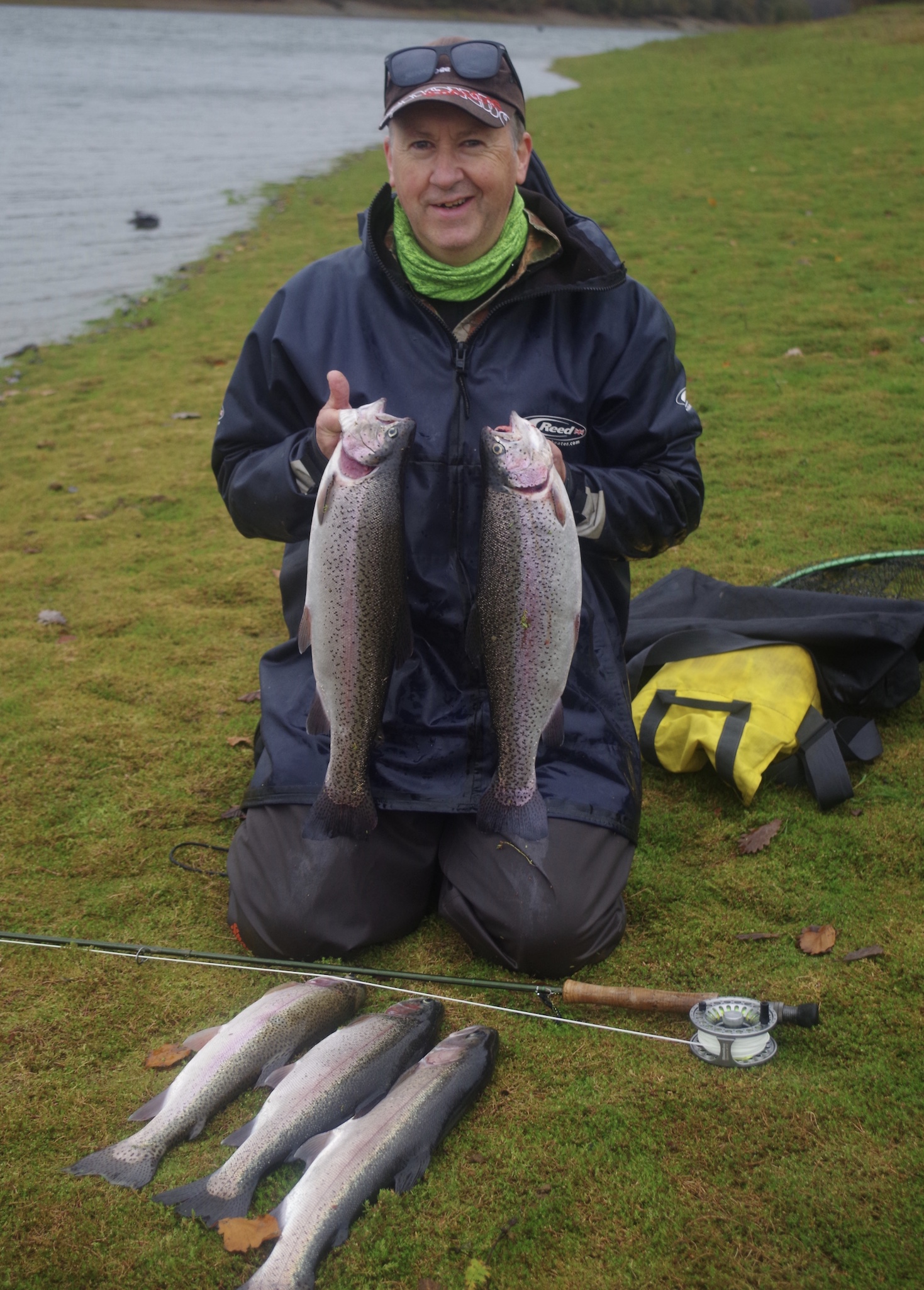
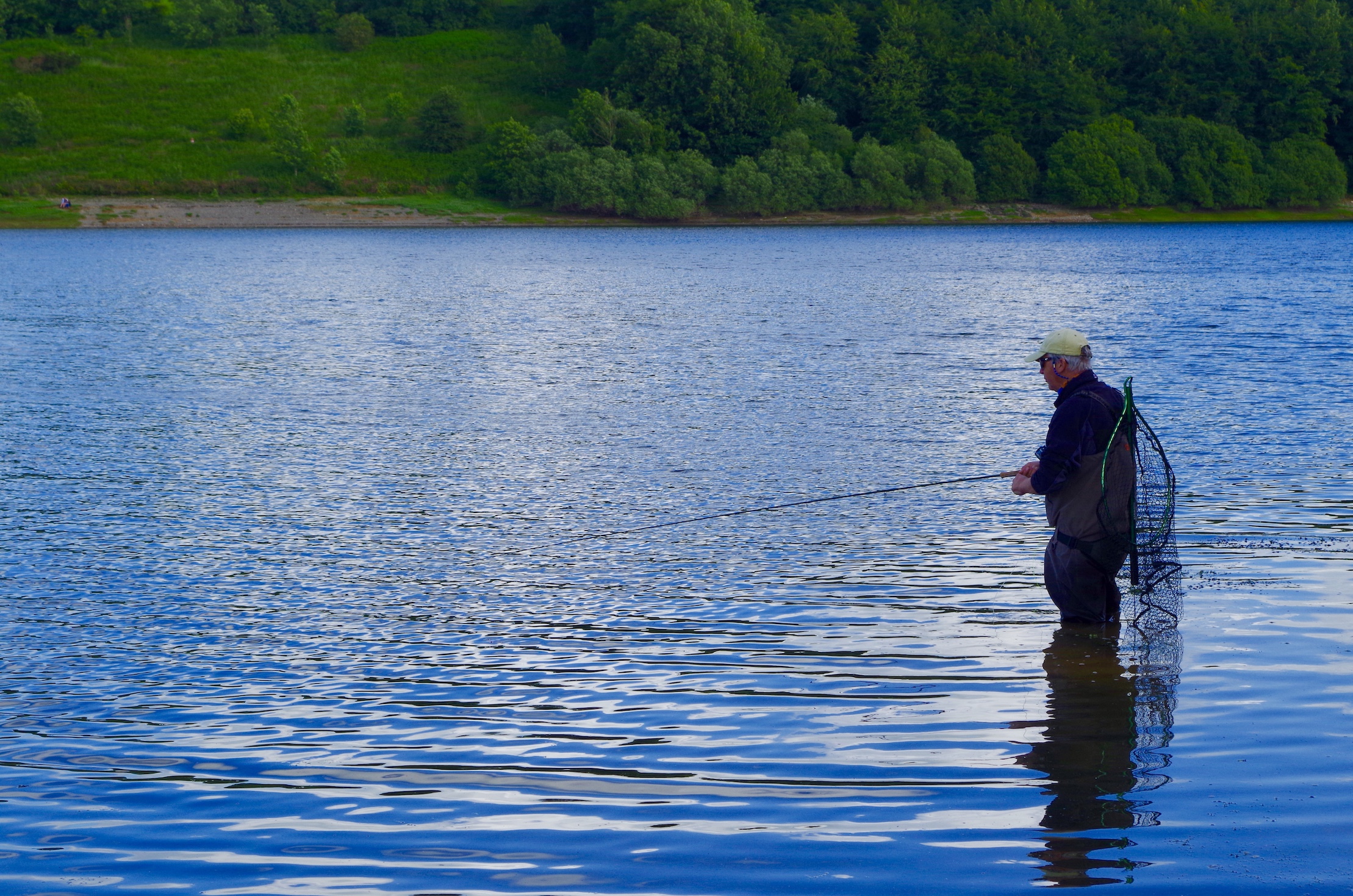
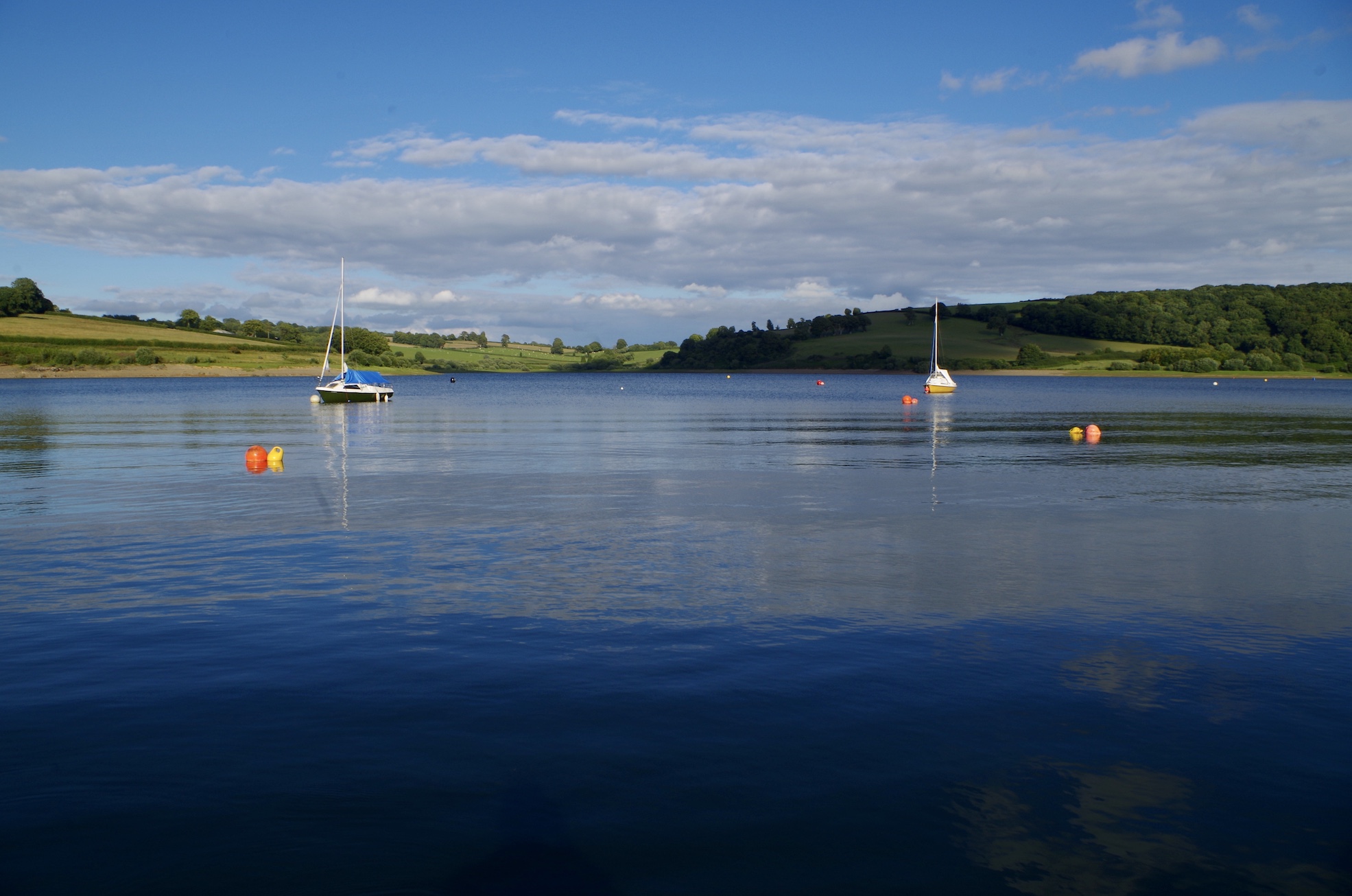
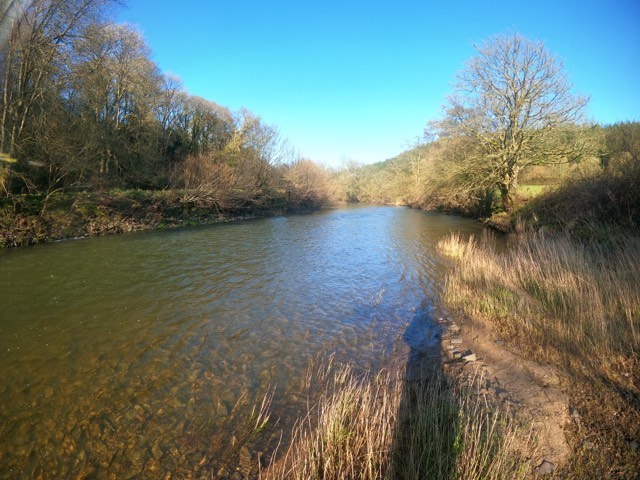
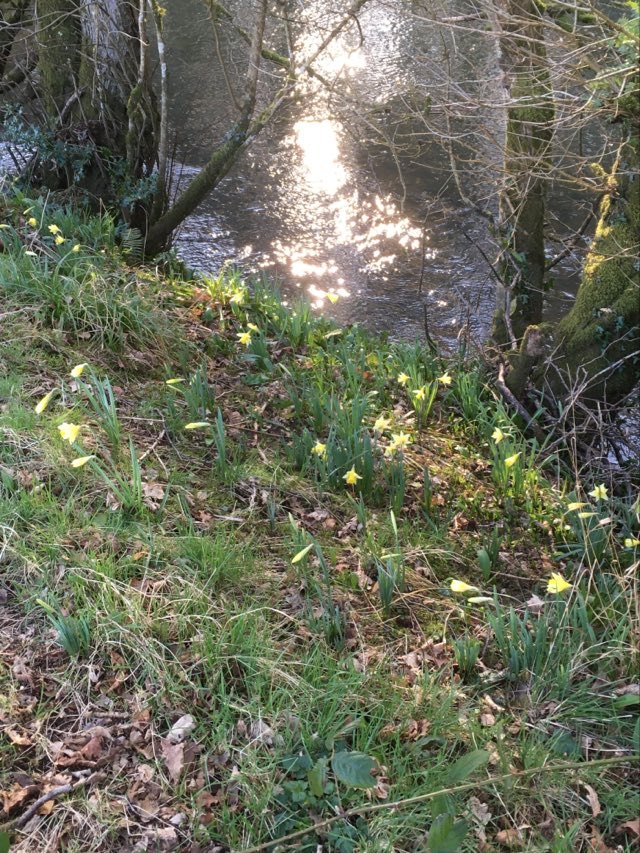
It was good to once again wander the river bank and swing a fly in the hope of a spring run salmon. The seasons come and go so quickly and it is hard to believe that twelve months have flashed past. Once again the wild daffodils are decorating the banks as natures calendar turns its pages.
The water is cold and fairly clear running at a perfect height. Several years ago on March 7th I netted a fresh run Springer of around 9lb so I am optimistic that success could come with any cast. I drift the Fly across familiar water and on one cast there is a brief tightening of the line followed a second later by a heaviness. Too gentle to be trout it could be a snag in the river. Repeated casts over the same spot rule this out so I change my Fly and cover the lie again. There is a brief tug and a flurry of spray as what was a good sized trout shakes the hook free. Im not convinced that it was the trout that intercepted the fly first drift. Salmon takes can be so subtle at times feeling like a drifting leaf has brushed the hook. I contemplate what might have been and fish on content that I have a full season ahead.
I always tend to associate Spring with trout and salmon fishing so when picking up the Tesco shop I indulged in the April Edition of Trout and Salmon Magazine. Browsing through its pages of pleasing images I was delighted to come upon local fishery owner Richard Nickell’s familiar smiling features.
The magazine has another excellent feature on trout fishing on Dartmoor with local cane rod builder Luke Bannister.
